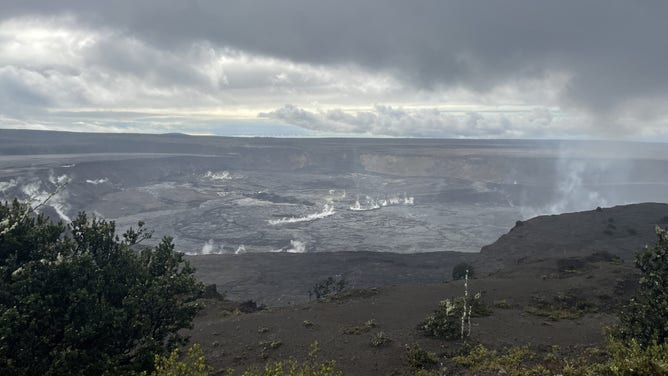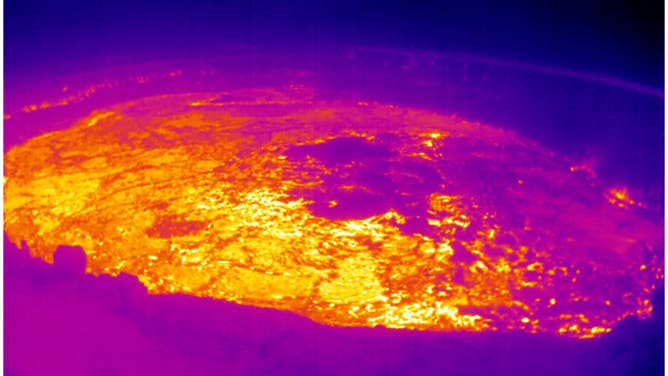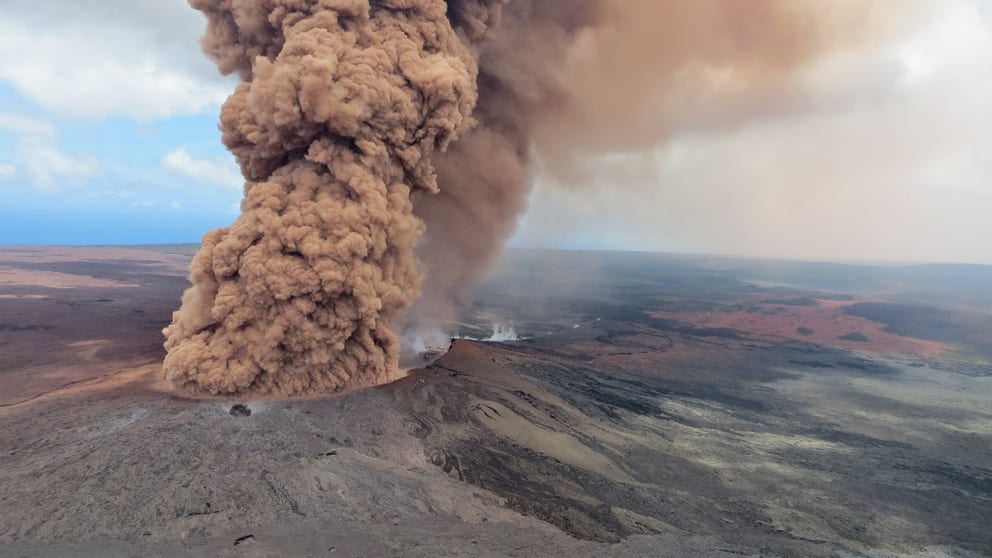Earthquake swarm occurs underneath Hawaii’s Kilauea volcano
Kīlauea is one of the most active volcanoes on Earth. The current eruption cyclone began on September 29, 2021, and has been off and on ever since. The volcano is over 100 miles from Honolulu. An eruption in 2018 destroyed more than 700 homes and caused hundreds of millions of dollars in damage. Despite the impactful event, no lives were lost.
Kilauea eruptions: A look at the most active volcano on the planet
One of the most active volcanoes on Earth, Kīlauea is the youngest volcano on Hawaii's Big Island and a central feature of Hawai'i Volcanoes National Park.
HONOLULU – Increased earthquake activity and changes in the terrain caused the Hawaiian Volcano Observatory to increase the alert status of Kilauea on Wednesday to a Watch, but officials cautioned that it did not mean an eruption was imminent.
Due to the increased activity, the alert levels for aviation and ground impacts have been raised to a Level 3 out of 4 on the volcano scale, which warns about the potential dangers.
Kīlauea is one of the most active volcanoes on Earth and has been showing signs of increased activity since the fall.
"At this time, it is not possible to say with certainty if this activity will lead to an eruption; the activity may remain below ground. However, an eruption in Kīlauea’s summit region, within Hawai‘i Volcanoes National Park and away from infrastructure, is one potential outcome," the USGS stated.

Ground deformations reported around Hawaii’s Kilauea volcano
(USGS / FOX Weather)
WATCH AS LAVA FLOW ERUPTS FROM KILAUEA CRATER IN HAWAII
On Friday, geologists said there were 15-20 earthquakes happening every hour, but changes in the terrain appeared to have paused.
Recent eruptions have all been confined to the Hawaii Volcanoes National Park and have caused minimal impacts on the Big Island.
The last major eruption happened in 2018, when more than 700 homes were destroyed during a four-month-long event that included a collapse of part of the volcano and significant earthquakes.
The USGS said that water vapor, carbon dioxide and sulfur dioxide are continuously released during eruptions of Kīlauea and can lead to volcanic smog. Vog has the potential to lower air quality and create health hazards.
So far, sulfur dioxide gas readings have remained low and are reminiscent of measurements taken in October, November and December.
The HVO expects to produce daily updates on the volcano and could heighten or drop the Watch status, depending on observations from the summit.
How to monitor the volcano
The USGS has a network of webcams located around Kīlauea, which assist experts in determining when an eruption could be underway and when lava starts to flow.
Cameras are operational 24/7, and some can provide spectacular views, especially in areas with increased dangers, such as toxic gases and rockfalls.
View the Halemaʻumaʻu pit webcam here and the site’s thermal webcam here.

Thermal camera of the Kīlauea summit
(FOX Weather)
There are also several observation sites where you can watch the mountain in person at Hawaii Volcanoes National Park.
National Park staff warn if an eruption happens, be prepared for long lines and crowded parking lots.
